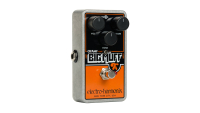The FX files: Z.Vex Fuzz Factory
The hacker’s dream that beat the corporate offerings, and looked cool while doing it
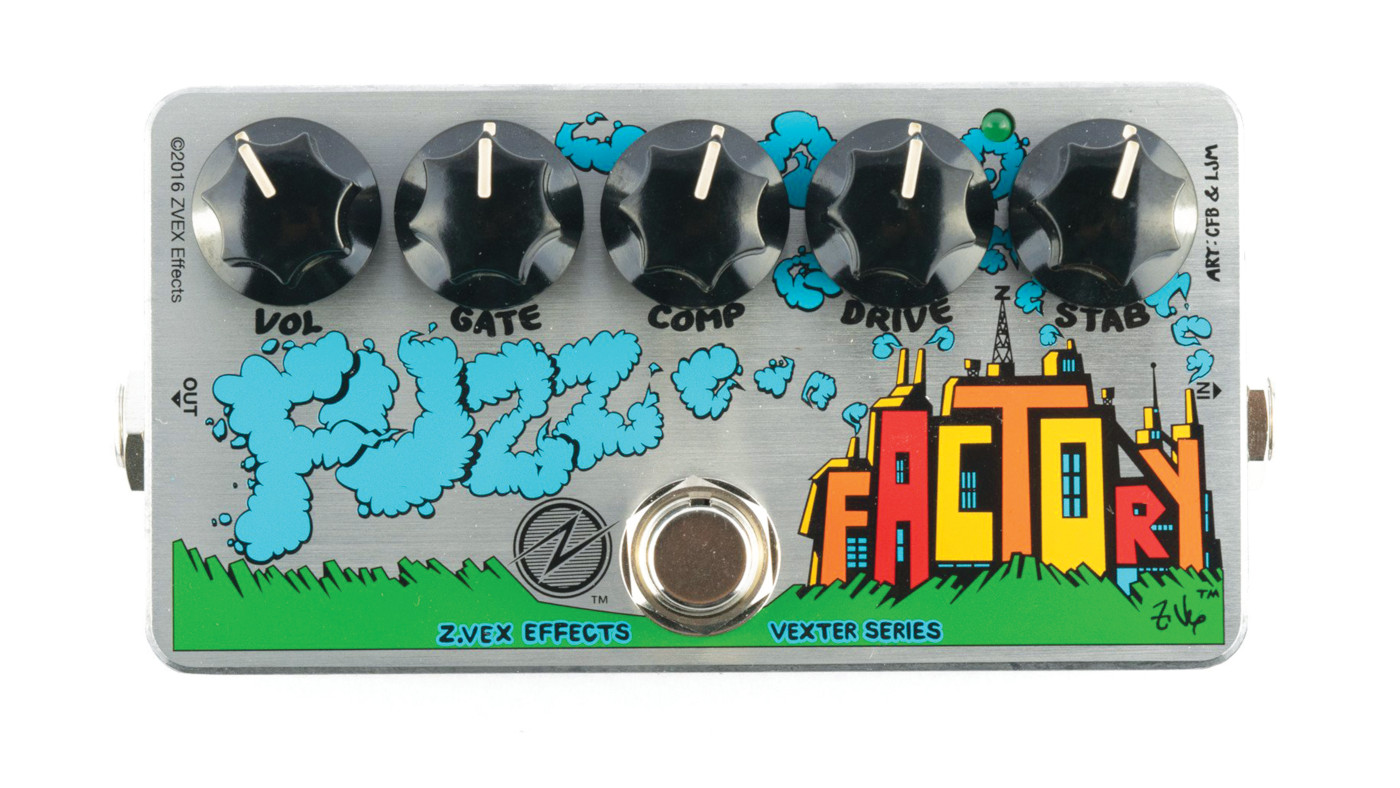
Z.Vex Effects is perhaps the original weirdo boutique pedal maker, and their reputation can be traced back almost entirely to this one appropriately eccentric fuzz pedal.
So, what is it and how did it come about? Well, as far as we can tell, circuit bending was a major driving force behind the unusual controls of the Fuzz Factory, seeing as at least two controls alter the bias of transistors in the circuit. The core of the Fuzz Factory is superficially pretty similar to a modded Fuzz Face, and the Fuzz Factory likewise uses NOS germanium transistors to get its unique sound.
Germanium transistors are noisy, sensitive to heat, and often more unstable than silicon transistors if biased wrong, so in a very real sense the Fuzz Factory is at times more like an experimental breadboard jammed into a pedal than a clinical tone machine, and that’s part of the appeal.
Unlike a tight, refined distortion pedal, the Fuzz Factory looks to create inspiration from serendipity, from noises, squeaks and oscillation, and it’s remained enduringly popular with players ever since its introduction.
For an idea of the wide range of tones on offer, listen to early Muse records - it’s all over Origin Of Symmetry, from the fuzzy squealing at the beginning of Plug In Baby to the glitchy stabs of fuzz guitar in the verses of New Born.
Matt Bellamy ultimately would have several built into guitars, and would use another Z.Vex creation, the RF-field powered Wah Probe, to play a wah solo with his hand live. Another prolific user is Annie Clark, or St. Vincent; again, you can hear the unmistakable squeak and hum of the Fuzz Factory all over her intricate riffs.
Explore the best fuzz pedals you can buy right now
We’ve rounded up some of the very best fuzz pedals for guitarists, which run the gamut of tonal options for your pedalboard. Ready to get fuzzed up?
Controls
Vol
Get the MusicRadar Newsletter
Want all the hottest music and gear news, reviews, deals, features and more, direct to your inbox? Sign up here.
The volume control is nothing but a passive control - it sits at the end of the circuit and dumps signal to ground.
Comp
This control biases the third and final transistor in the circuit. Together with the ‘Drive’ control, it has a large effect on the tone of the pedal when used on more sensible settings.
Drive
This control is where the circuit is visibly closest to the Fuzz Face, as this has pretty much the same effect as the ‘Fuzz’ control on the Fuzz Face - controlling the amount of gain delivered from the second germanium transistor, up to its maximum gain. Because of where it is within the circuit, it is highly interactive with the ‘Comp’ control.
Gate
Some would say that, at least in the early days, Zachary Vex’s talent was as much marketing as engineering, and this control’s name is fine evidence for that. Although it’s named ‘gate’, it actually rebiases the first germanium transistor, the second gain stage in the pedal, resulting in sputtering guitar signal and glitchy cut-outs when the transistor is biased ‘wrong’ - but who reads the datasheets, anyway?
Under the influence
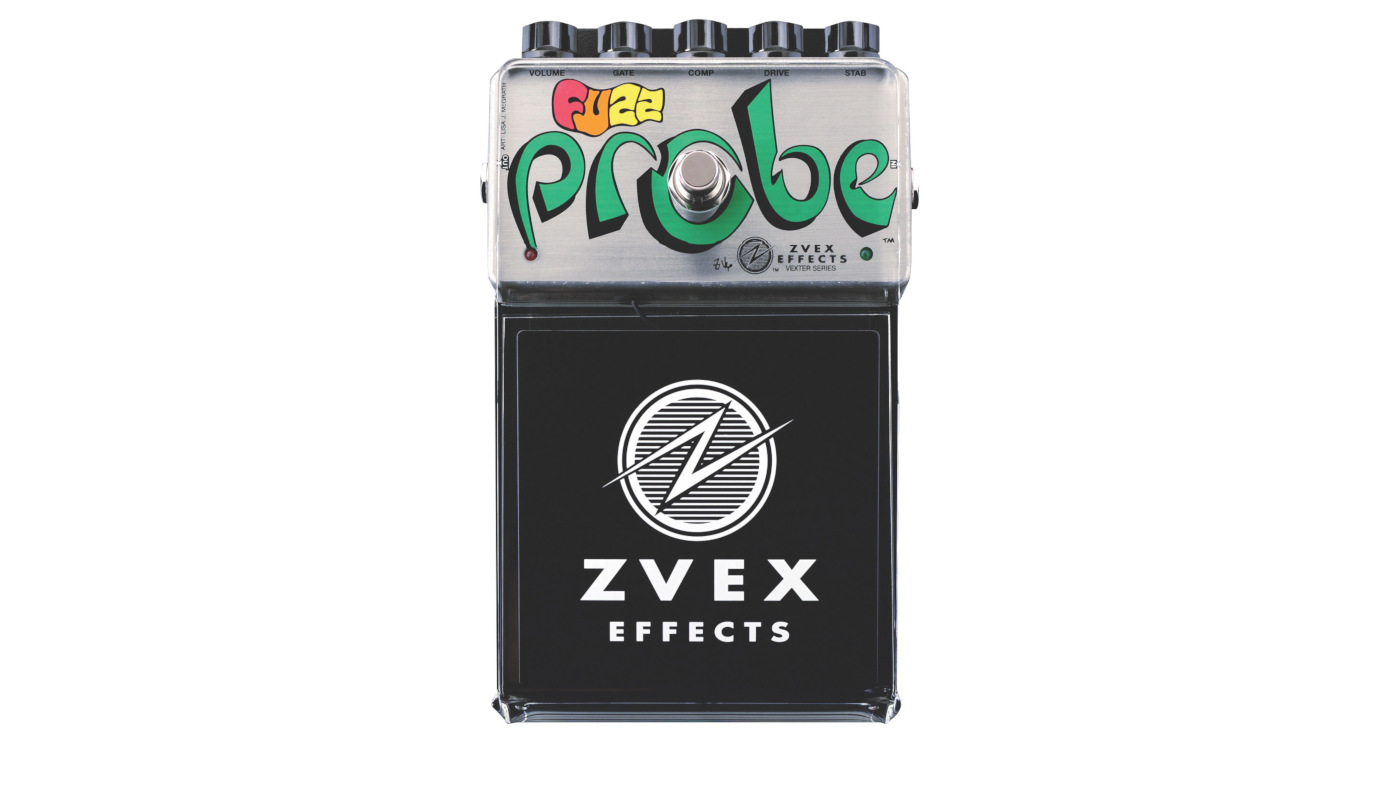
Z.Vex Fuzz Probe
$369
Z.Vex’s Wah Probe combines a wah pedal with a proximity-sensing radio transmitter so it can be used without a treadle, by feet or hands. Of course, after creating the Wah Probe, the logical next step was to combine this idea with a Fuzz Factory... On the Fuzz Probe, the antenna controls the stab control, and it can be used to destabilise the guitar tone and create oscillation.
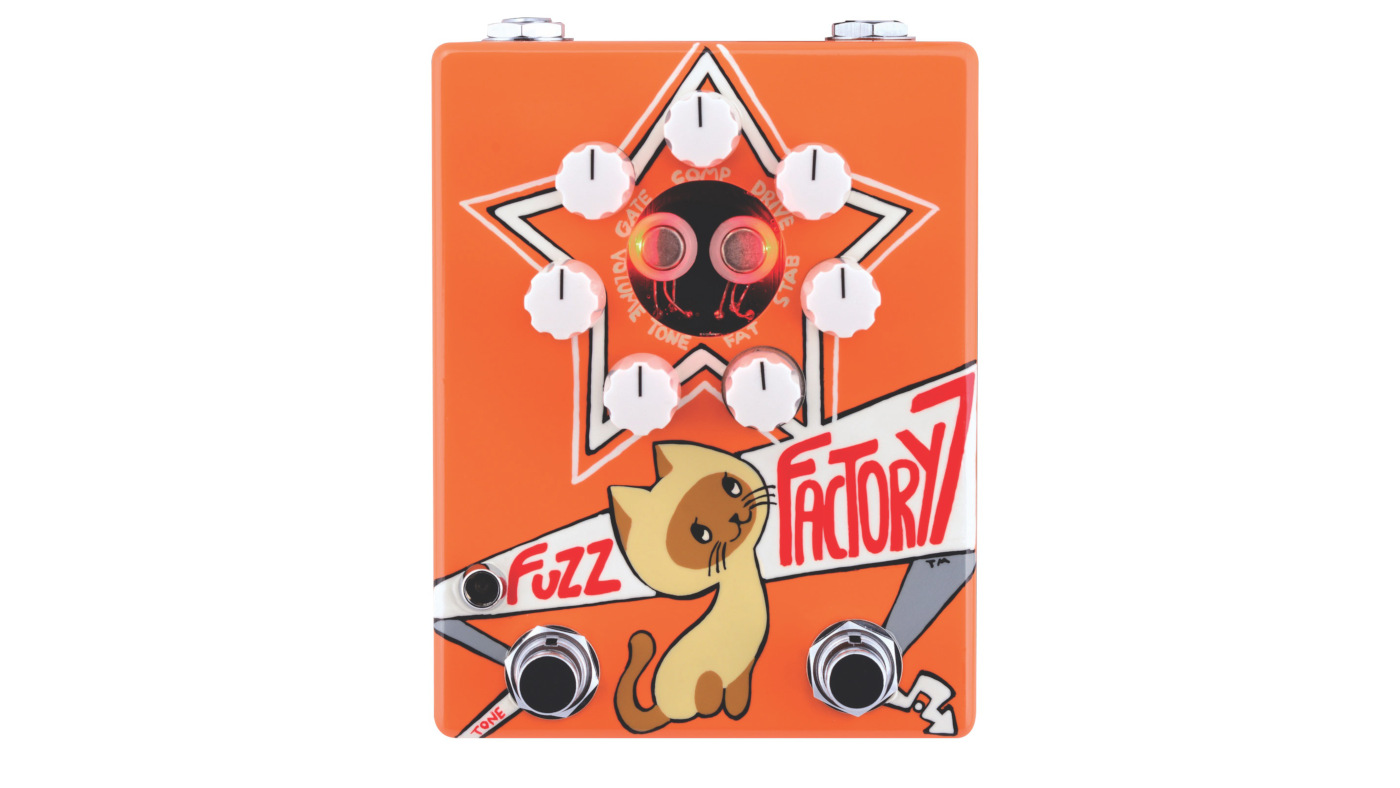
Z.Vex Fuzz Factory 7
$469
The transistors that power the Fuzz Factory 7, named for its 7 rotary controls, are set into a little window and backlit, so that you can properly appreciate them as you rip. In addition to the normal Fuzz Factory controls, there’s a treble roll-off tone knob, which is accessible via footswitch, and a nine-position rotary switch that changes the capacitor in circuit between the first and second gain stages, altering the EQ.
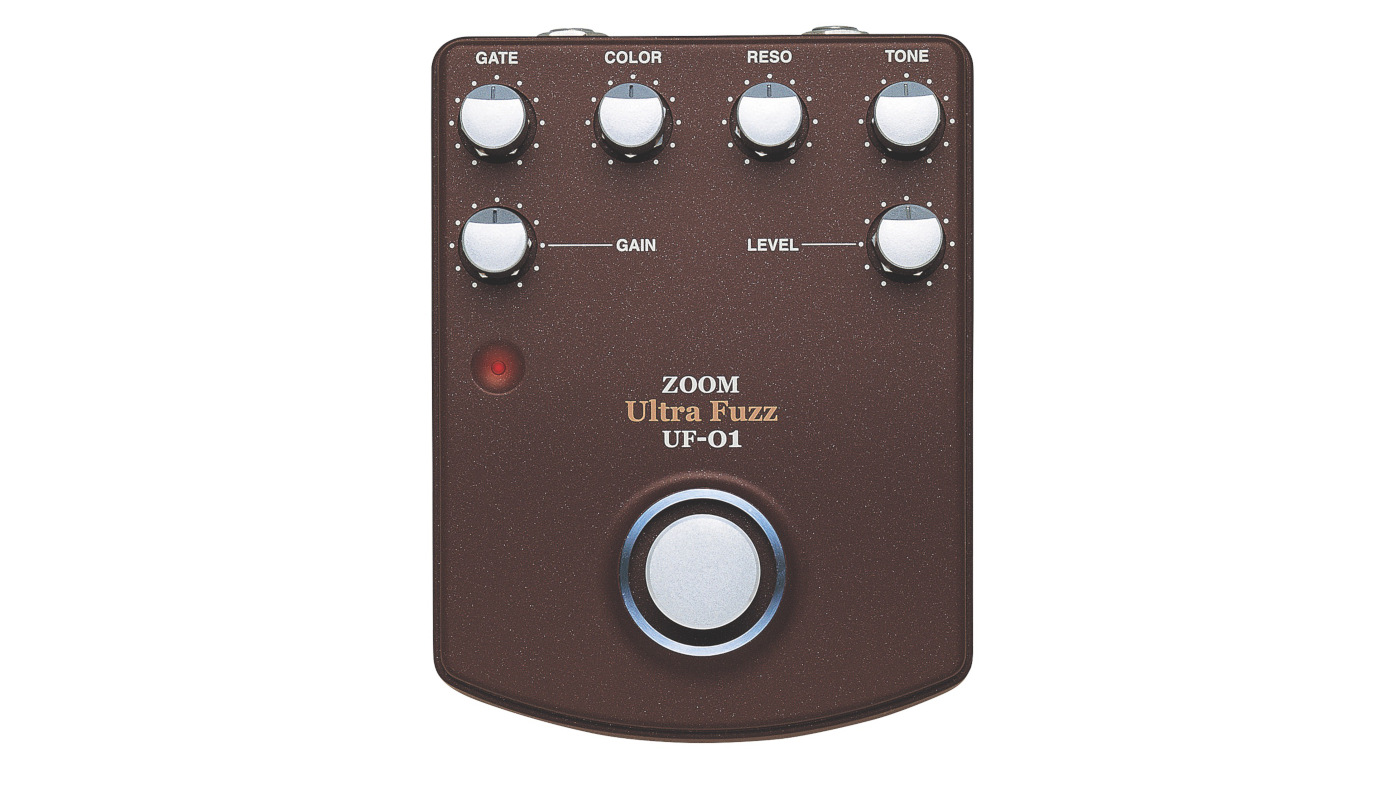
Zoom Ultra Fuzz
Around £150 used
The Zoom Ultra Fuzz is an interesting beast, with a tone that recalls both the Fuzz Factory and the op-amp version of the EHX Big Muff, which makes sense, as it’s built around op-amps rather than germanium transistors. It also boasts a feedback circuit that allows for Fuzz Factory-style oscillation and noises, all within a bombproof enclosure. It’s now discontinued and fairly scarce on the second hand market.
Classic tones

Get the tone #1: Fuzz Face vibe
This setting is proof that the pedal isn’t all crazy, all the time - try this for a classic Fuzz Face tone, that’s highly responsive to rolling off the volume at the guitar end. To add a bit of a twist to the blues sound you know and love, you can start pulling back the stab control to cause oscillation.

Get the tone #2: plug in fuzz
The Fuzz Factory is highly interactive with the guitar, if the pedal is first in your chain and not behind a buffer, so you might need to tweak the gate and stab a bit depending on pedal position and the pickups you use, but this should get you in the ballpark of the lead tone from Plug In Baby.

Get the tone #3: velcro
Splatty, or ‘velcro’ fuzzes didn’t start with the Fuzz Factory, but it’s probably the most famously abrasive. Boutique builders like Death By Audio have made a career out of velcro-like sonic destruction, so get in on the action with this sound. To mangle your tone further, try turning the Gate control clockwise.
Total Guitar is Europe's best-selling guitar magazine.
Every month we feature interviews with the biggest names and hottest new acts in guitar land, plus Guest Lessons from the stars.
Finally, our Rocked & Rated section is the place to go for reviews, round-ups and help setting up your guitars and gear.
Subscribe: http://bit.ly/totalguitar
“A pedal that sings with harmonic richness and blooming touch response”: Tone King offers up boutique tube amp tones for your pedalboard with the Imperial Preamp
“Each and every unit is perfectly dialled in to the 'sweet spot' that can be so elusive to find in vintage pedals”: Pigtronix’s Gas Giant is a high-gain fuzz pedal with a FET-driven onboard noise gate
